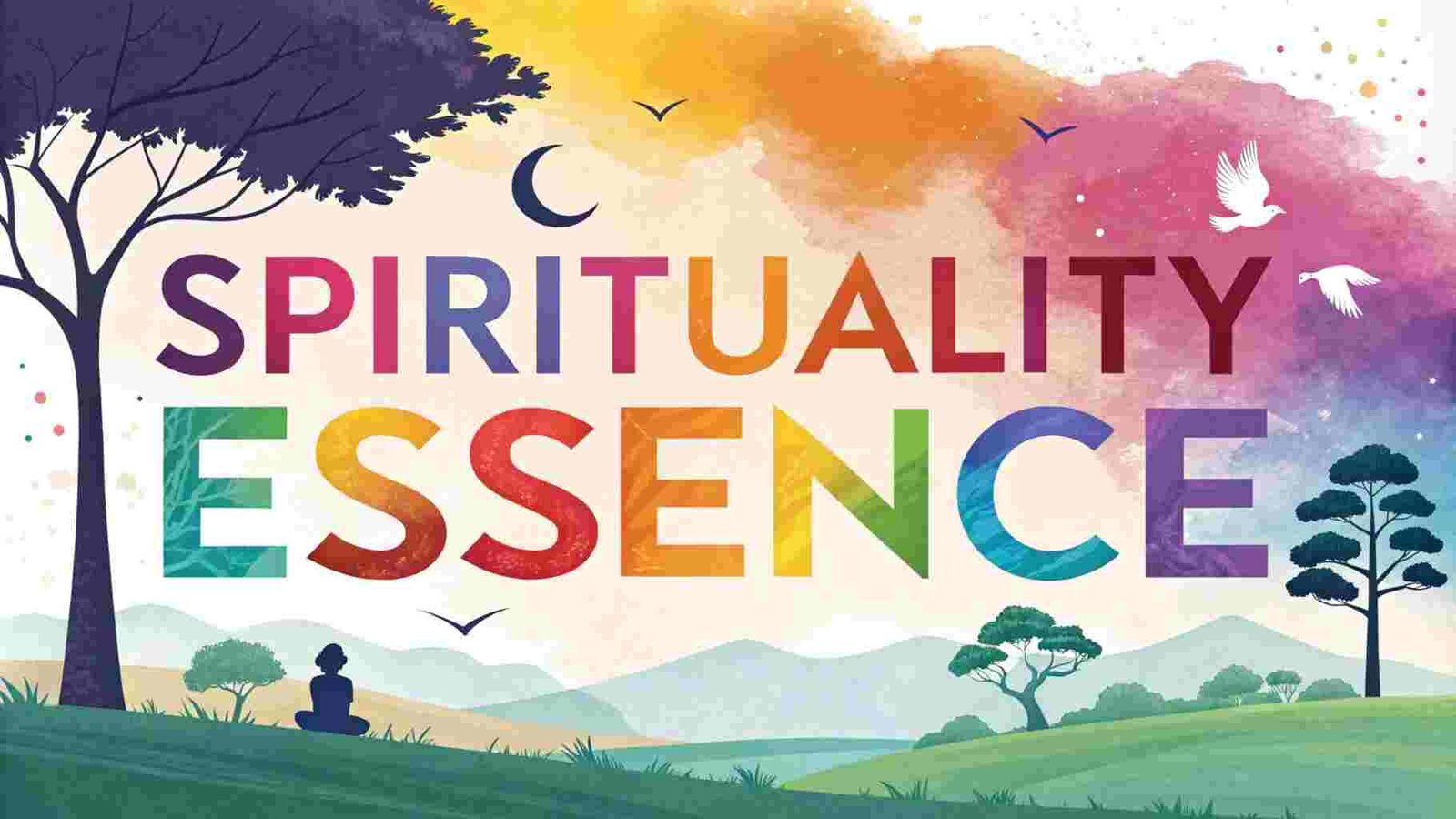Clouds are fascinating to people everywhere. They hold deep meanings in many cultures. Clouds can represent mystery and a connection to something greater than ourselves. They make us think about how they fit into our lives.
In ancient stories and today, clouds symbolize change, spirituality, and the unknown. They remind us that life is full of surprises. As you think about clouds, consider how they reflect your own feelings and experiences. You might find new insights waiting for you in those fluffy, white formations above.
Key Takeaways
Clouds are symbols of change. They remind us that nature is full of wonders and mysteries. Long ago, people believed clouds showed the presence of gods and held special knowledge.
When clouds are dark and stormy, they remind us that challenges may come. On the other hand, soft white clouds bring feelings of hope and renewal. Artists love to paint clouds because their beauty and emotions connect us with nature.
Today, clouds also stand for technology and how we stay connected. They remind us to care for our environment. Clouds have many meanings, and they continue to inspire us in different ways.
The Mythological Significance of Clouds

Clouds are more than just fluffy shapes in the sky. People from many cultures have seen special meanings in them for a long time. Clouds often stand for change, transformation, and the divine.
For example, the ancient Greeks believed that thunderheads showed Zeus's power. In some Asian stories, dragons lived in the clouds. These images made people feel awe and respect. They created magical stories that went along with the clouds.
When we explore these tales, we feel connected to all the people who looked up at the sky before us. They also saw the beauty in clouds. This connection shows our desire to find wonder in life and dream big.
Clouds give us a canvas for our hopes and wishes.
Clouds in Religious Traditions
Many cultures see clouds as signs of change, but they also mean a lot in different religions. Clouds often show the presence of the divine. They act like bridges between our world and the heavens.
In various religions, some people even worship cloud gods. These deities symbolize the sacred knowledge and visions of the universe. They can be seen as messengers from above, guiding people on their spiritual journeys.
In some communities, people connect deeply with clouds, viewing them as comforting and mysterious.
Clouds remind us of the bigger forces at play in life. By thinking about these symbols, we can enrich our spiritual experiences and reflect on our paths.
Artistic Representations of Clouds

Many artists have shown their love for clouds through their art. For example, J.M.W. Turner painted clouds beautifully, making them look lively and inviting.
Cloud photography takes this a step further. It helps you catch special moments when sunlight shines through the clouds.
Some artists use new methods, like making cloud sculptures or creating art installations. These works make you feel like you're part of nature.
Cloud drawings also share messages and emotions. They can make you think of mystery or something divine.
In every form of art, clouds remind us that they connect us all with the sky and the world around us.
They're more than just shapes in the sky; they help us feel connected to everything.
Clouds as Symbols of Change
Clouds are like mirrors of our lives. They change all the time, just like our feelings and situations.
Here's how clouds can show us about change:
- Dark storm clouds may mean tough times are coming.
- Soft, white clouds bring feelings of hope and starting fresh after hard days.
- Gray clouds can make us feel uncertain or anxious.
- When the sun shines through the clouds, it means clear skies and new starts.
By thinking about the meaning of clouds, we can better understand our own journeys.
Clouds remind us that change is a normal part of life, and we can find comfort in that.
The Psychological Impact of Cloud Imagery

When you look up at the clouds, they can make you feel different emotions and thoughts. This shows how clouds can impact our feelings. Each type of cloud has its own meaning; for example, fluffy cumulus clouds often make us feel calm and happy.
On the other hand, dark cumulonimbus clouds might make us feel worried or scared. Your feelings can change how you see the clouds; soft clouds can bring comfort, while stormy clouds can create unrest.
By noticing these feelings, you can understand yourself better. You'll also see how others feel connected to the clouds.
In the end, clouds not only let's explore nature, but they also help us learn about our own minds. Looking at clouds can be a fun way to connect with both the sky and our feelings.
Cultural Interpretations of Cloud Forms
Many cultures around the world see clouds in special ways.
These views come from stories and beliefs passed down through time.
Let's look at some interesting things different cultures think about clouds:
- Strength and Hope: Some people think clouds show how we can get through hard times. They see clouds as symbols of hope and new beginnings.
- Messages from Higher Powers: Many believe that clouds send messages from the divine. They think clouds guide people on their spiritual paths.
- Homes for Spirits: In some tales, clouds are believed to shelter spirits or magical beings. This belief helps connect people to something beyond the ordinary world.
- Changes with the Seasons: Clouds remind us about how the seasons change. They help us remember nature's patterns and life's cycles.
These views help create a sense of belonging, connecting us all through our shared human experience.
Clouds and the Element of Water
Clouds float in the sky, and they show us important things about water. They're part of nature's water cycle. When clouds form, they hold moisture.
As they grow and change, they help us understand the weather. Clouds also remind us of rain, which brings hope and new beginnings. Rain is a sign of life and refreshment.
When we see clouds, we think of the water that nurtures our world. Fog is another interesting part of clouds. It makes everything look mysterious and soft.
Clouds help us to see how water is always moving and changing around us. They help us appreciate how important water is for life.
The Connection Between Clouds and Emotions
Clouds do more than just hold rain. They can also show how we feel inside. When you look up at the sky, you might see shapes in the clouds that match your emotions. This connection is like a way to see your "feelings weather."
Here's how different clouds can relate to your mood:
- Fluffy white clouds can make you feel happy and calm.
- Dark clouds might mean you feel sad or confused.
- Thin, wispy clouds can spark feelings of daydreaming or looking back at good memories.
- Storm clouds show strong feelings, like anger or stress, waiting to come out.
Next time you gaze at the clouds, think about what they might say about your feelings.
Modern Perspectives on Cloud Symbolism
When you think about clouds today, you might notice they mean more than just weather. Clouds now also stand for cloud technology and caring for our planet.
Just like clouds hold information online, they also remind us about our connection to each other and the environment. As we face climate change, clouds show us both how delicate our world is and how strong we can be.
They encourage us to think about how we impact nature. These thoughts can help us feel part of a group focused on being more sustainable.
The Role of Clouds in Poetry and Literature
Clouds are often seen but not thought about much. However, they hold important meanings in poetry and stories. They can show feelings and ideas that make us think deeply.
Here are some ways clouds are important:
- Clouds show how life changes and how nothing stays the same.
- They create a space for our dreams and what we hope for.
- Clouds can show our feelings, from sadness to joy.
- They set the stage for moments of inspiration.
When we look at clouds in this way, we see they're more than just weather. They help us connect with the story and our own emotions.
Understanding clouds can make reading more enjoyable and relatable.
Frequently Asked Questions
What Are Some Common Cloud Types and Their Meanings?
When you see cumulus clouds, think of nice weather. They look fluffy and white, and they usually mean the sun will shine. Stratus clouds are different. They are gray and cover the sky. These clouds often bring gloomy weather and can make you feel a bit sad or thoughtful.
How Do Clouds Influence Weather Patterns and Climate?
Clouds are important for our weather. They form when air cools and moisture gathers. This can lead to rain or even snow. Clouds also help control temperature. When they cover the sky, they can keep it cooler. When the sun shines through, it can warm things up.
Are There Specific Clouds Associated With Different Emotions?
Different clouds can make us feel different things. When you see soft, fluffy cumulus clouds, you might feel happy and cheerful. These clouds look like cotton balls in the sky. On the other hand, when you see gray, overcast stratus clouds, you might feel a bit sad or gloomy. These clouds cover the sky like a blanket.
Our feelings can reflect what the sky looks like. So next time you look up, think about how the clouds make you feel!
Why Do Some Cultures Specifically Revere Certain Cloud Formations?
Many cultures admire certain cloud shapes because of their beliefs and special meanings. These clouds can symbolize messages from the sky or a link to something greater. This connection helps people feel united and part of a community.
How Can Cloud Watching Be a Therapeutic Practice?
Cloud watching is a fun and calming activity. It helps you feel more connected to nature. When you look at clouds, you see different shapes and colors. This can help you focus on the present moment.
As you watch the clouds move, you can feel a sense of peace. It's like taking a break from the busy parts of life. Cloud watching allows you to relax and enjoy being outside. You can lie on the grass or sit on a bench and just stare up.
It's simple to do and you can do it anywhere. All you need is a clear sky. So next time you look up at the clouds, take a moment to really enjoy what you see. You might be surprised at how much better you feel afterward!

Hello, I’m Zephyra, your guide at SpiritualityEssence.com. I’m passionate about uncovering life’s mysteries and sharing transformative insights. Let’s explore mindfulness, ancient rituals, and the path to a more awakened life together. Join me on this spiritual journey!

















